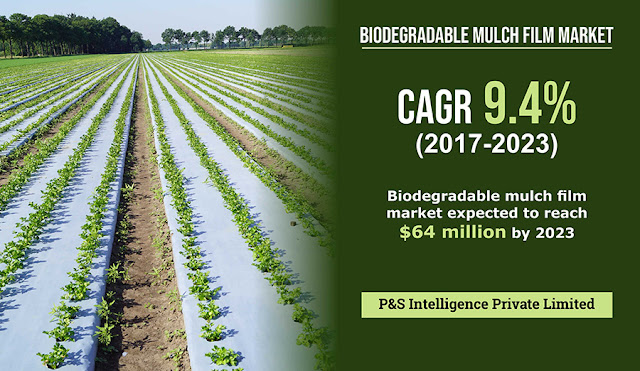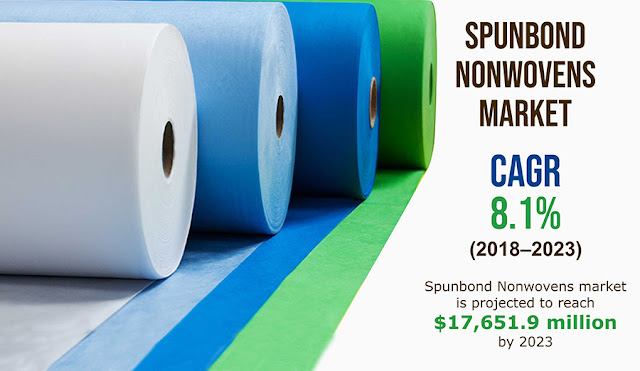Biodegradable Mulch Film Market Top Manufactures, Market Demands, Segmentation and Key Players Analysis Research Report 2024
Mulching can be done with both organic and
inorganic materials. However, inorganic materials, such as black polyethylene,
have adverse effects on the environment and pose risks to human health as well.
These materials are produced from petroleum-based plastics, leading to waste disposal
issues. Approximately 0.4–0.6 million tons of plastic waste per year is
generated in the European Union (EU) due to inorganic mulching.
GLOBAL BIODEGRADABLE MULCH FILM MARKET, BY GEOGRAPHY
As more people
who practice it are becoming aware about the harmful effects of inorganic
films, the adoption of biodegradable alternatives is increasing considerably.
Biodegradable mulch films are derived from organic sources such as animals and
plants. While the disposal of inorganic waste takes lots of effort, the waste
produced from biodegradable mulching automatically transforms into methane,
carbon dioxide, biomass, and water. This causes no damage to the environment
and benefits the agricultural soil as well.
Asia-Pacific Market Size and Forecast
China Biodegradable Mulch Film Market
8.3.1.1 By raw material
8.3.1.2 By crop type
8.3.2 India Biodegradable Mulch Film Market
8.3.2.1 By raw material
8.3.2.2 By crop type
8.3.3 Japan Biodegradable Mulch Film Market
8.3.3.1 By raw material
8.3.3.2 By crop type
8.3.4 South Korea Biodegradable Mulch Film Market
8.3.4.1 By raw material
8.3.4.2 By crop type
8.3.5 Australia Biodegradable Mulch Film Market
8.3.5.1 By raw material
8.3.5.2 By crop type
8.3.6 Rest of Asia-Pacific Biodegradable Mulch Film Market
8.3.6.1 By raw material
8.3.6.2 By crop type
Various government regulations are also
encouraging the use of biodegradable materials. According to Council Regulation
No. 2092/91 (European Commission, 1991), European farmers are not allowed to
use inorganic mulching materials, such as polyethylene, for crop production.
Moreover, as per the standards for degradation in compost (ISO 17088 and ASTM D6400),
at least 90.0% of the organic carbon needs to be converted to CO2,
which leaves room for only up to 10.0% of the organic carbon to remain. Thus,
the adoption of the inorganic mulching technique is reduced because of these
regulations.


Comments
Post a Comment